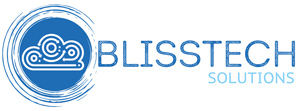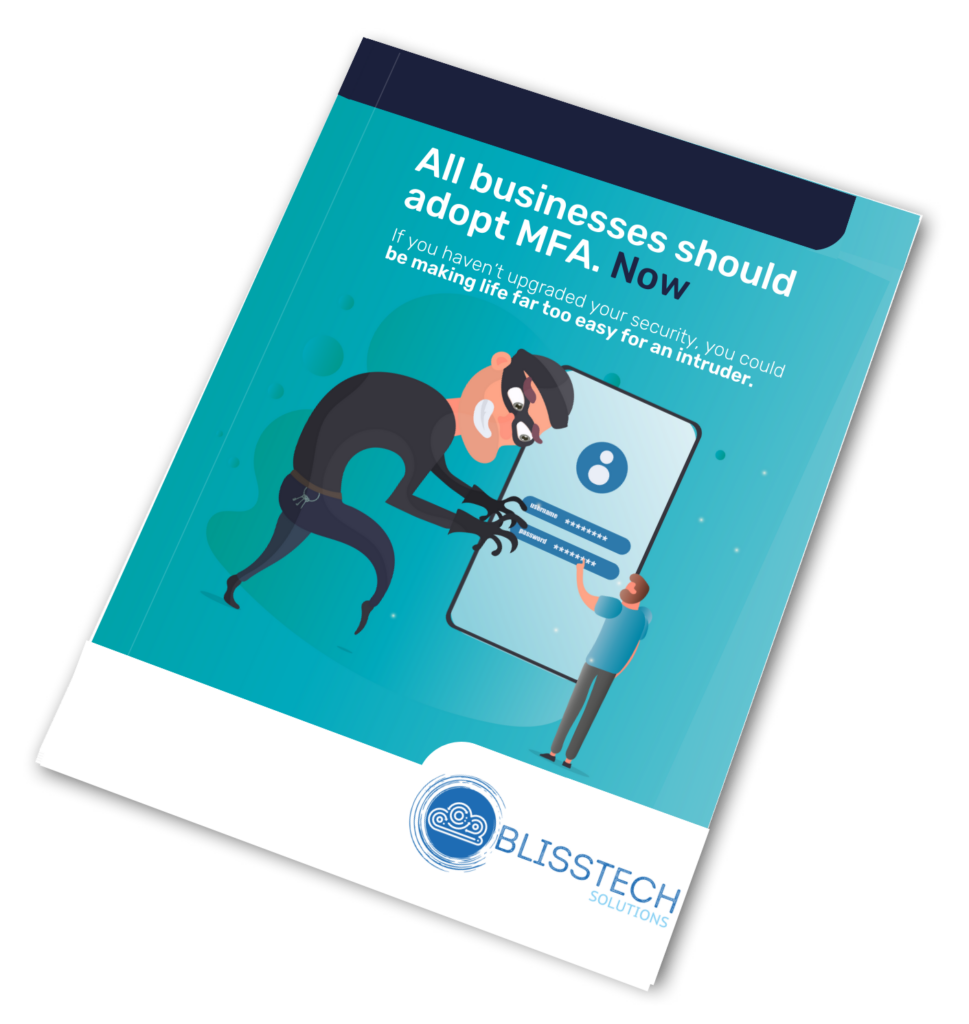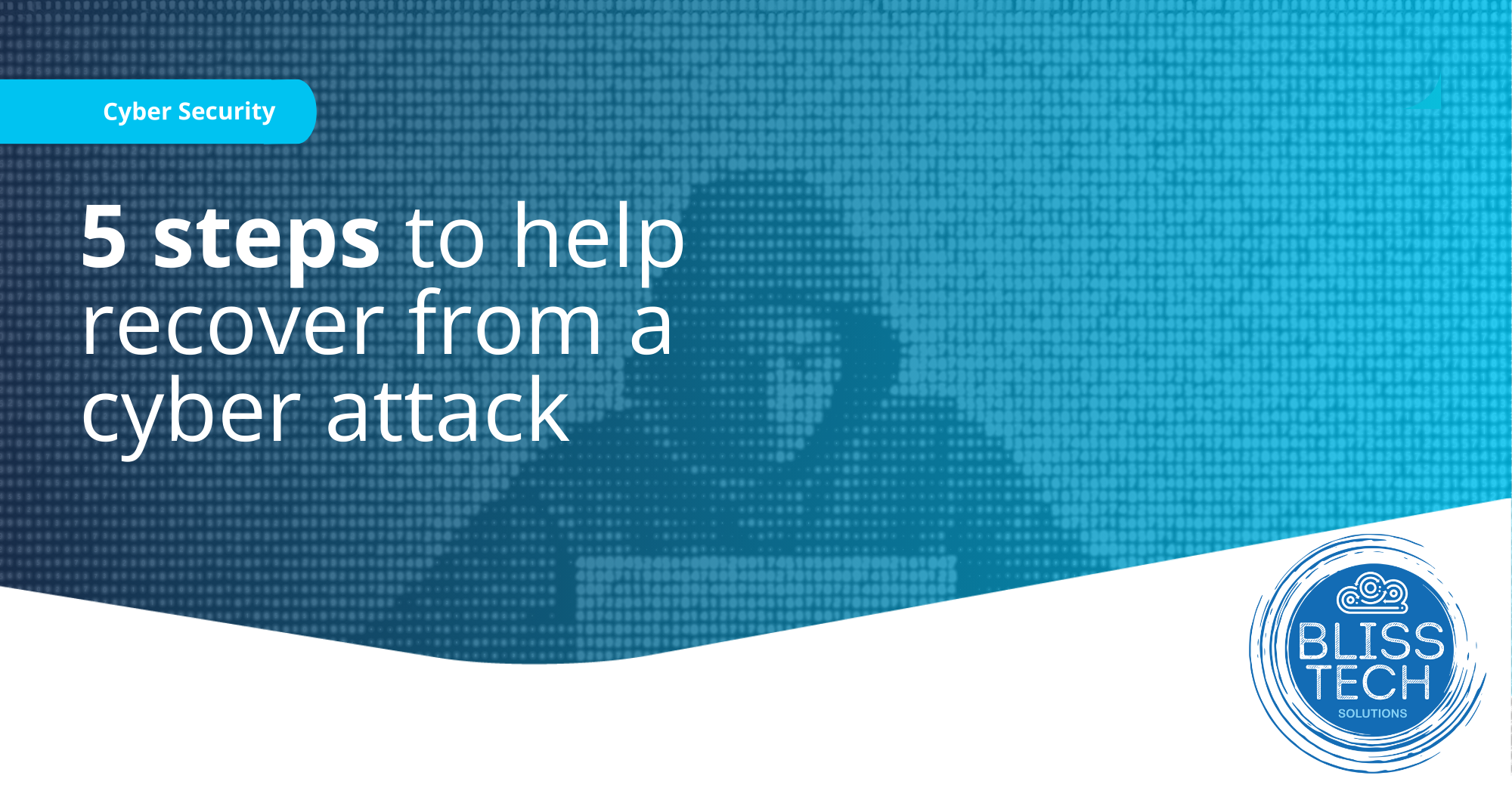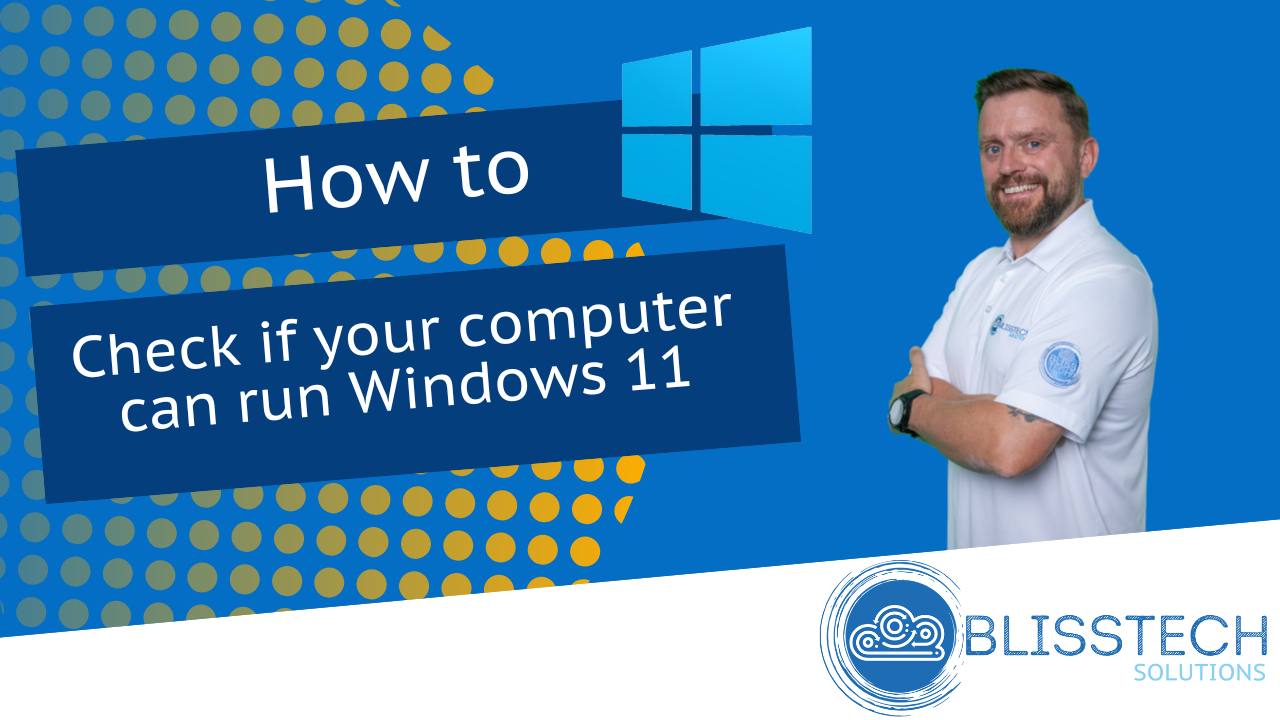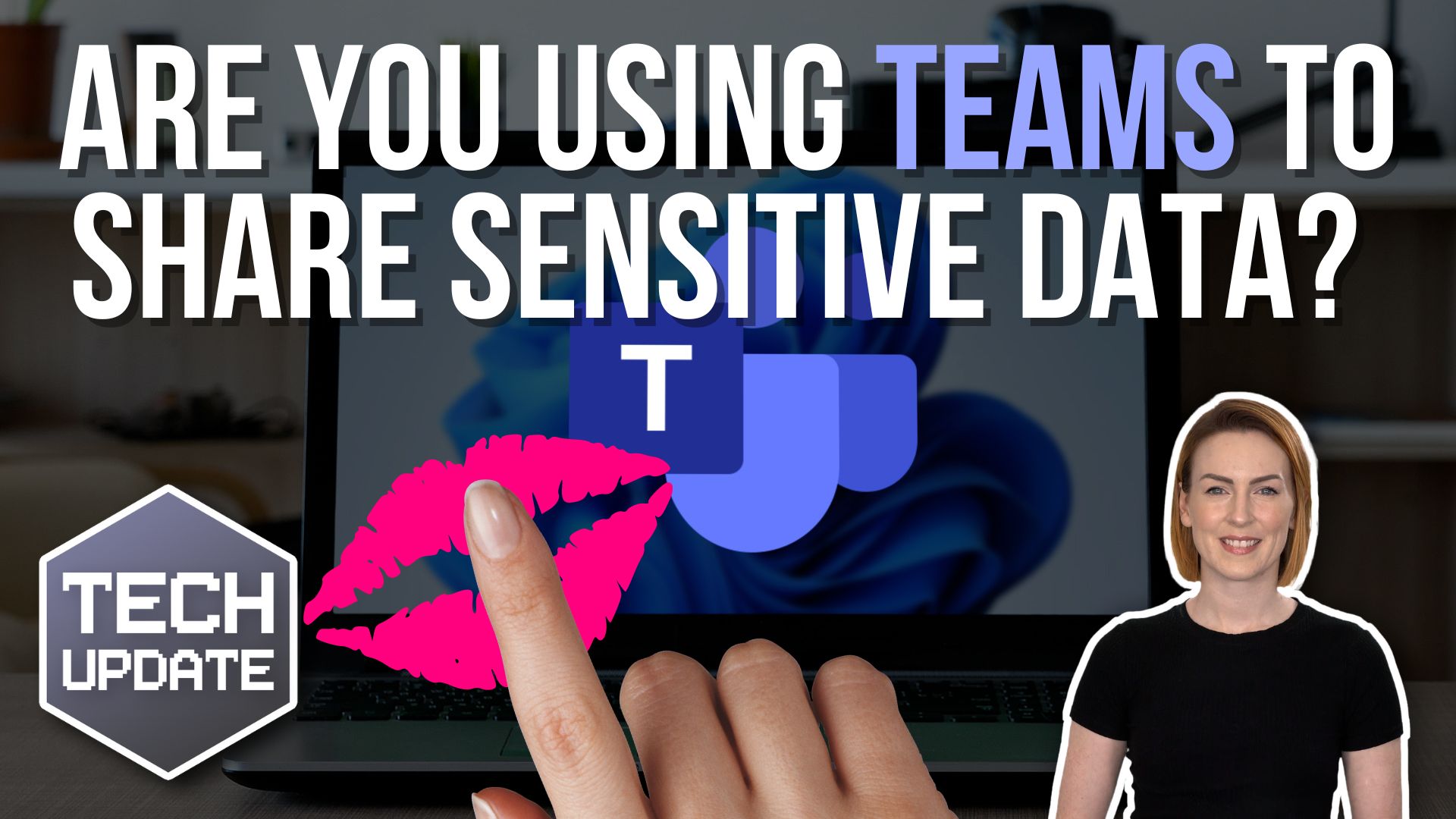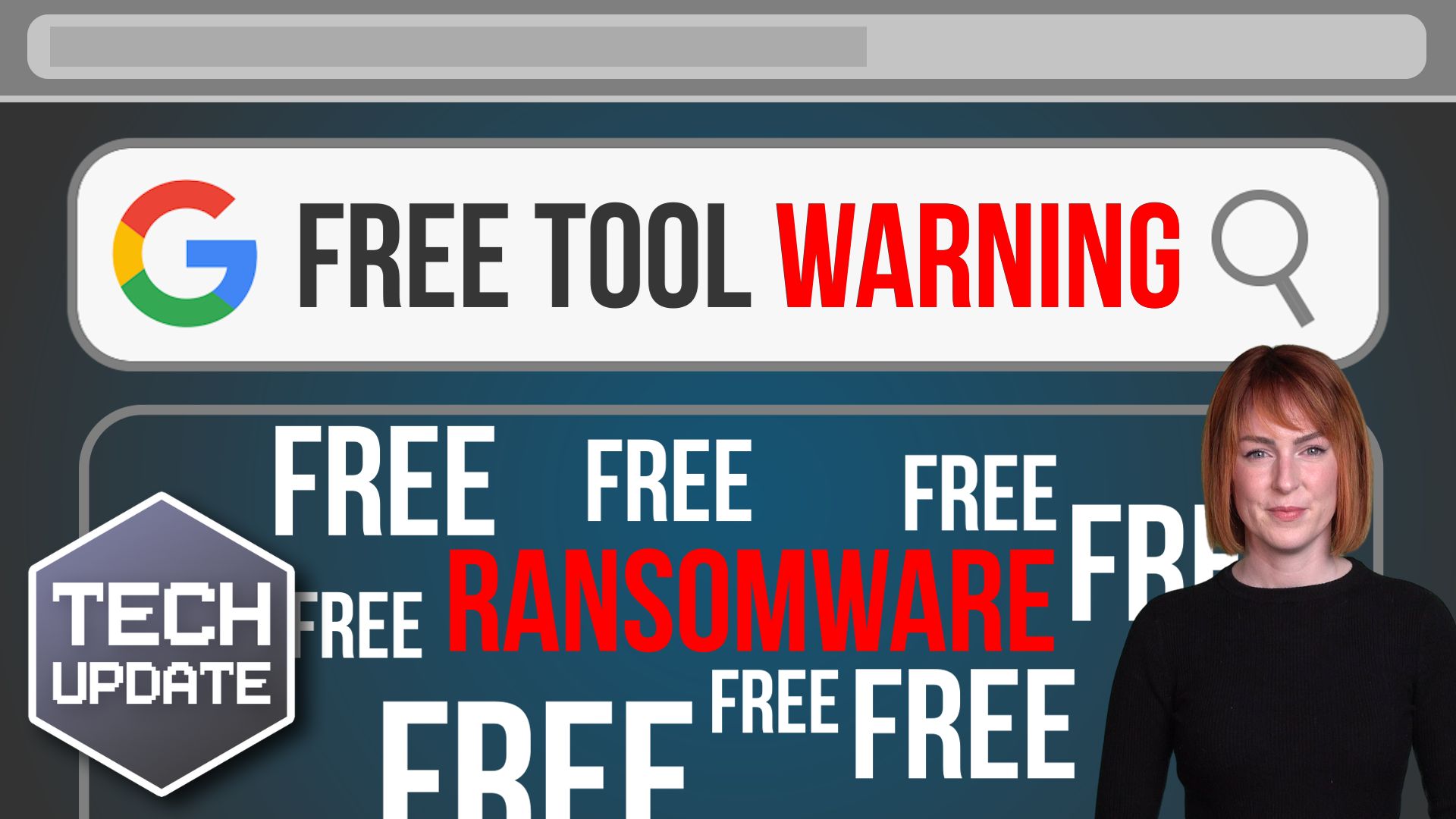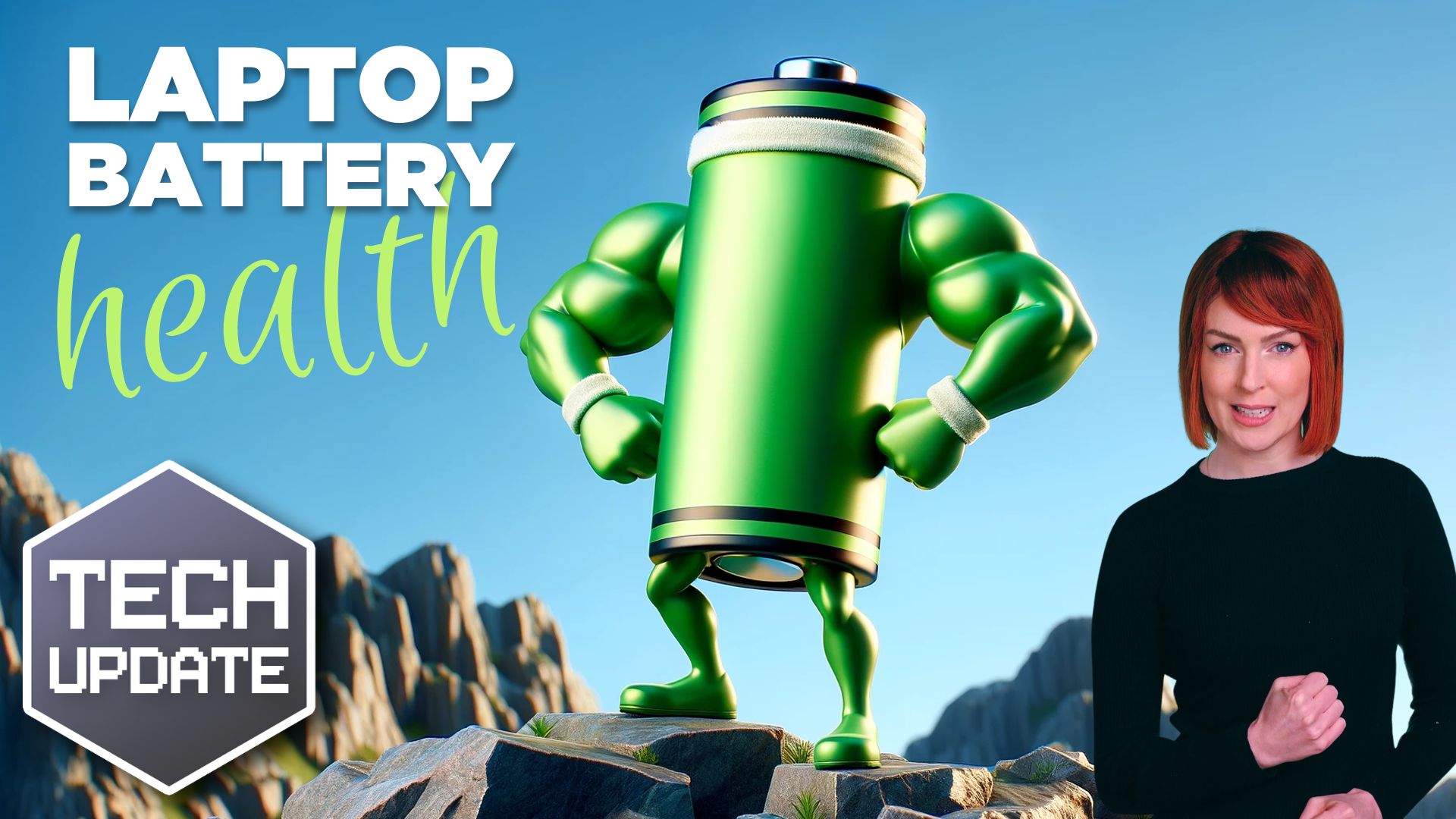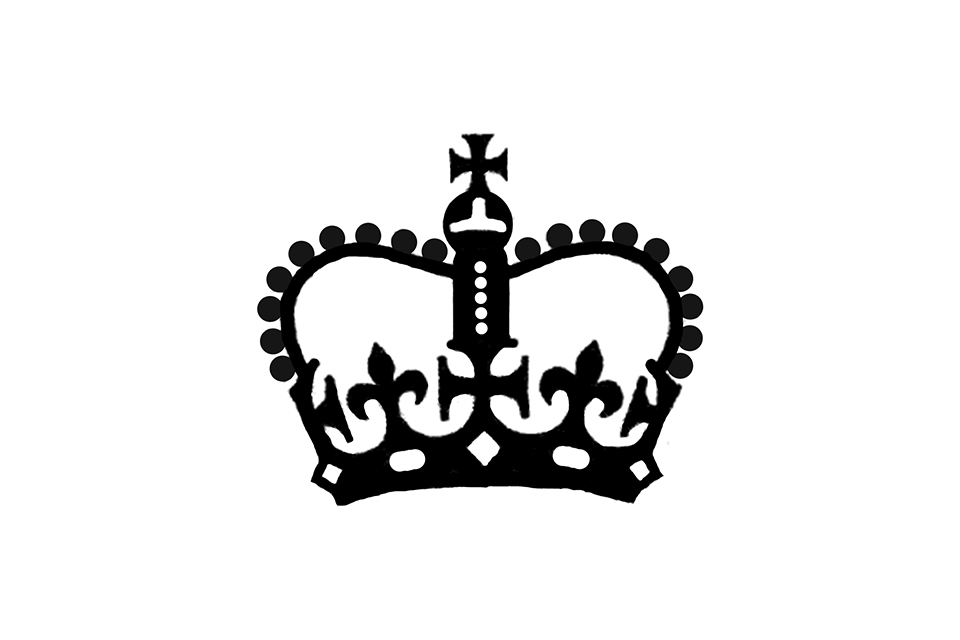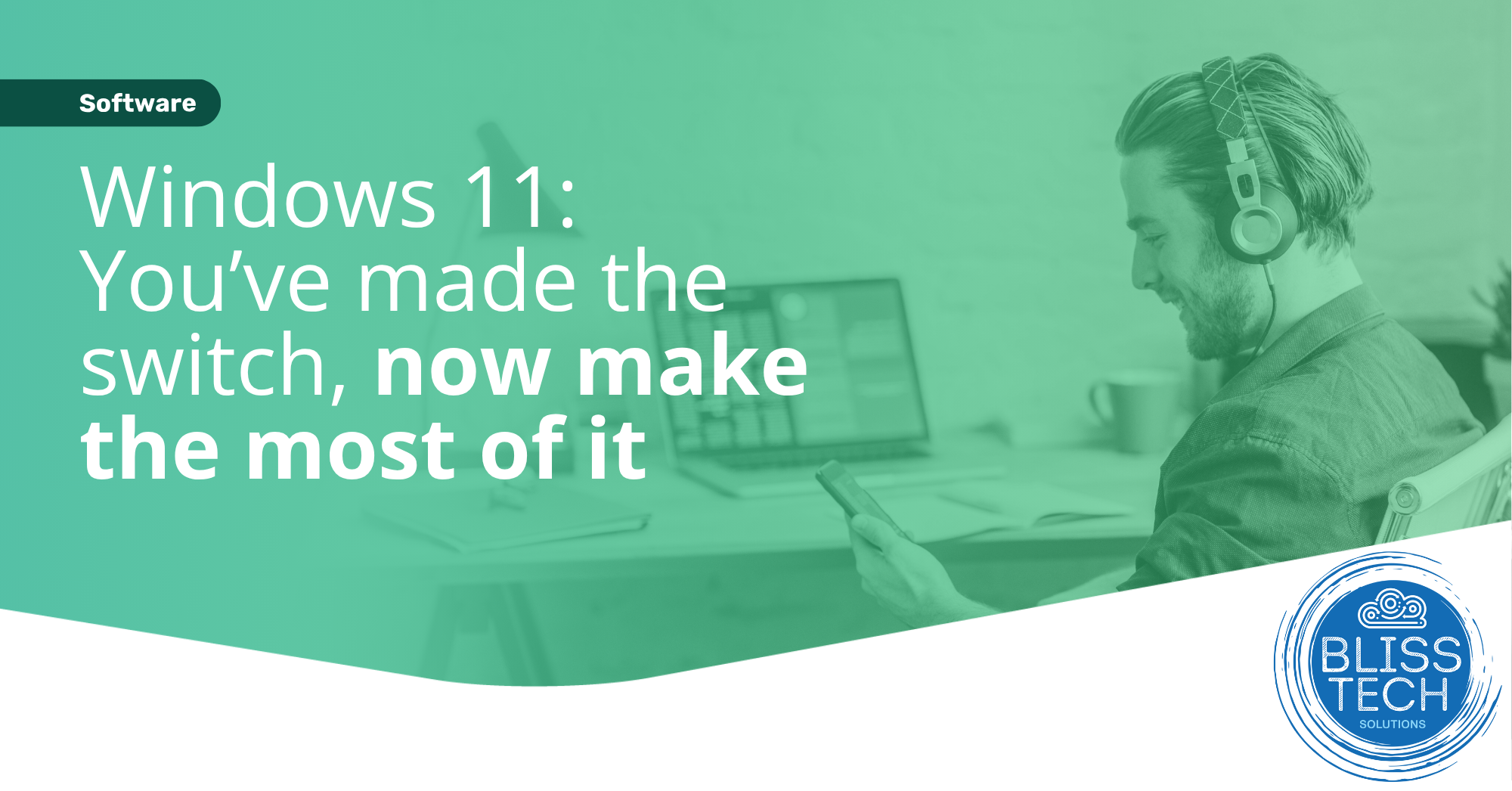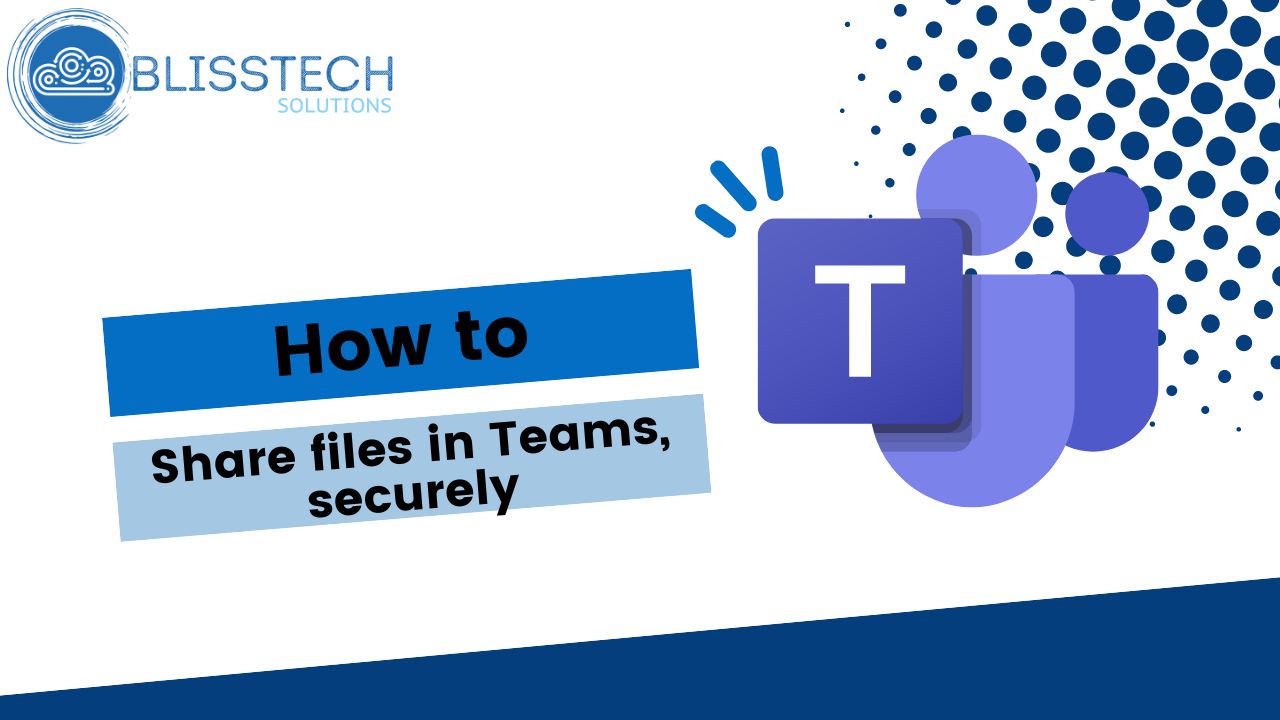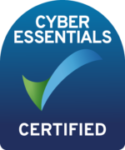Years ago, Multi-Factor Authentication (MFA) used to be called 2FA, or Two Factor Authentication. This was made up of:
- Something you have, like a device that can generate a one-time password (OTP).
- Something you know, like a password.
MFA has extended things meaning you can use a variety of ways to identify yourself such as phone apps, text messages, biometrics and more.
However, you still need at least two pieces of information to log in.
Cybercriminals are using increasingly sophisticated tactics to bypass security, and the more barriers you put in their way, such as MFA, the less likely it is they will be able to compromise your business system. In fact, Microsoft claims that with MFA enabled on Microsoft 365, you can prevent 99.9% of attacks on user accounts.
All businesses should use MFA as it provides great protection against cyber-attacks and other security threats, and as users are familiar with the process, there is no reason not to.
Our new free guide tells you all you need to know.
Download our guide below and learn how to talk tech! If you need professional help and advice, please get in touch.
